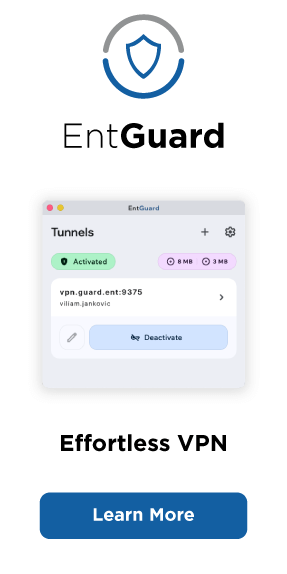These thoughts were originally sent on the public karaf-dev mailing list, where Robert Varga wrote a compelling opinion on what the future holds for Karaf and where its currently is headed. The text below was slightly edited from the original.
With my various OpenDaylight hats on, let me summarize our project-wide view, with a history going back to the project that was officially announced (early 2013).
From the get-go, our architectural requirement for OpenDaylight was OSGi compatibility. This means every single production (not maven-plugin obviously) artifact has to be a proper bundle.
This highly-technical and implementation-specific requirement was set down because of two things:
- What OSGi brings to MANIFEST.MF in terms of headers and intended wiring, incl. Private-Package
- Typical OSGi implementation (we inherited Equinox and are still using it) uses multiple class loaders and utterly breaks on split packages
This serves as an architectural requirement that translates to an unbreakable design requirement of how the code must be structured.
We started up with a home-brew OSGi container. We quickly replaced it for Karaf 3.0.x (6?), massively enjoying it being properly integrated, with shell, management, and all that. Also, feature:install.
At the end of the day, though, OpenDaylight is a toolkit of a bunch of components that you throw together and they work.
Our initial thinking was far removed from the current world of containers when operations go. The deployment was envisioned more like an NMS with a dedicated admin team (to paint a picture), providing a flexible platform.
The world has changed a lot, and the focus nowadays is on containers providing a single, hard-wired use-case.
We now provide out-of-the-box use-case wiring. using both dynamic Karaf and Guice (at least for one use case). We have an external project which shows the same can be done with pure Java, Spring Boot, and Quarkus.
We now also require Java 11, hence we have JPMS – and it can fulfill our architectural requirement just as well as OSGi. Thanks to OSGi, we have zero split packages.
We do not expect to ditch Karaf anytime soon, but rather leverage static-framework for a light-weight OSGi environment, as that is clearly the best option for us short-to-medium term, and definitely something we will continue supporting for the foreseeable future.
The shift to nimble single-purpose wirings is not going away and hence we will be expanding there anyway.
To achieve that, we will not be looking for a framework-of-frameworks, we will do that through native integration ourselves.
If Karaf can do the same, i.e. have its general-purpose pieces available as components, easily thrown together with @Singletons or @Components, with multiple frameworks, as well as nicely jlinkable – now that would be something.



![[Release] lighty.io 22.1.0](https://pantheon.tech/wp-content/uploads/2025/10/lighty-22.1-400x250.jpg)
![[Release] OpenDaylight Titanium](https://pantheon.tech/wp-content/uploads/2025/08/odl-titanium-release.png)
![[Meet Us] PANTHEON.tech @ Open Source Summit 2025 in Amsterdam](https://pantheon.tech/wp-content/uploads/2025/08/OSS_Temp.png)